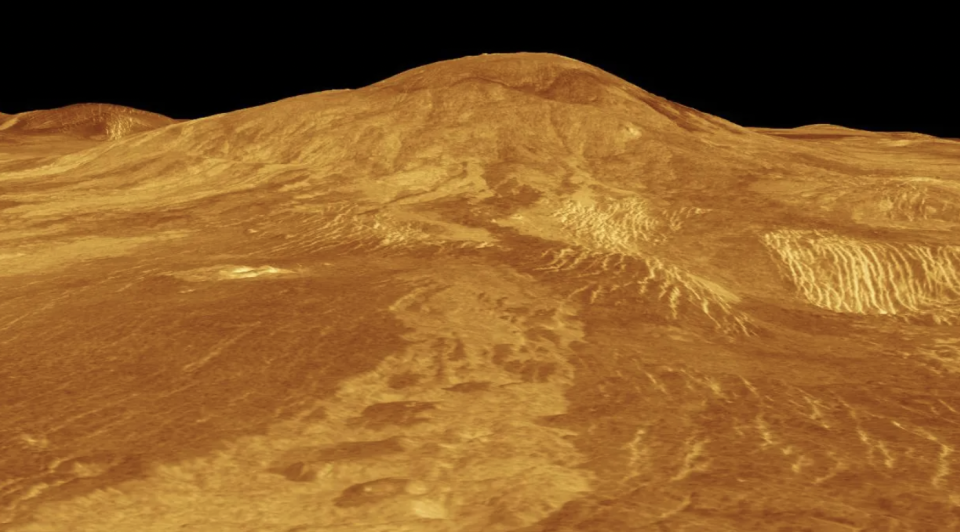Radar images of the surface of Venus appear to show recent lava flows, suggesting active volcanoes on the planet.
Scientists from the International Research School of Planetary Sciences in Italy wrote in a article published Monday who detected evidence of changes to the planet’s surface. They compared images of the area taken between 1990 and 1992 by the Magellan spacecraft, the first spacecraft of its kind to photograph the entire surface of Venus, with current conditions.
Scientists determined that the new rock formed along defined paths. This rock formation can be “most reasonably explained as evidence of new lava flows” in two areas: the western side of the Sif Mons volcano and the great volcanic plains of Niobe Planitia.

“Using these maps as a guide, our results show that Venus may be much more volcanically active than previously thought,” said Davide Sulcanese, who led the study, in a study NASA press release. “By analyzing the lava flows we observed in two locations on the planet, we discovered that volcanic activity on Venus may be comparable to that on Earth.”
The discoveries support a study published in 2023 which showed that the planet is volcanic. This study again used images from the Magellan probe to look for evidence of volcanoes. Researchers from the University of Alaska and the California Institute of Technology found two large volcanoes in the planet’s highlands and confirmed the location of the volcanic vents where they would erupt.
“Ozza and Maat Mons are comparable in volume to the largest volcanoes on Earth, but they have lower slopes and are therefore more spread out,” said University of Alaska Fairbanks Geophysical Institute research professor Robert Herrick. said in a press release announcing the study’s findings.


Researchers have long believed that Venus, a planet that NASA says is “sometimes called Earth’s evil twin,” has active volcanoes. Venus has a thick atmosphere that traps heat, making it the hottest planet in the solar system, and the surface includes volcanoes and warped mountains.
Researchers believe volcanoes on Venus are less active than those on Jupiter’s moon Io, which CBS News previously reported had “multiple continuous eruptions” in every image captured by researchers.
Major retailers launching early summer deals
Sentence of another American arrested in Turks and Caicos because of ammunition in his luggage
What the prosecution and defense in Trump’s trial want to show jurors in their closing arguments







/cdn.vox-cdn.com/uploads/chorus_asset/file/15923248/Screen_Shot_2016-11-10_at_11.35.55_AM.0.0.1478777840.png?w=300&resize=300,300&ssl=1)



























